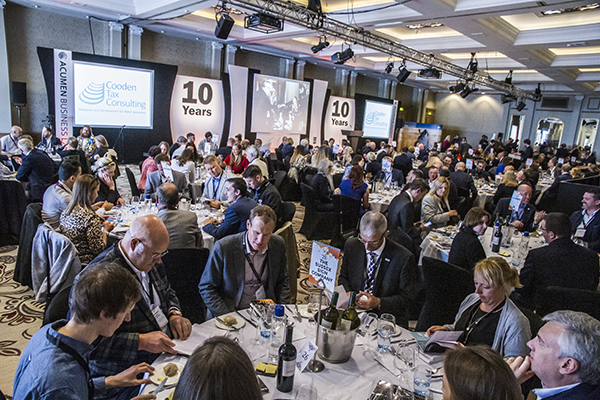
How often have you stopped and looked at your business model? How often have you changed your business model? I ask that question having sat down with many clients over the years who have been frustrated with a lack of growth. There are typically a couple of different scenarios at play here:
• They are still doing what they started doing maybe 20 years ago and are frustrated that they can only replace customers.
• They have looked around, seen trends in their market and have changed direction, but the results have not come as quickly as they hoped.
The first group give me great cause for concern. Twenty years ago Google had only just launched and it wasn’t until 2007 that the iPhone was introduced. Surely these events have turned the world upside down and new rules of business apply, such that a “pre-digital” business can only look forward to diminishing returns?
I’m usually happier with the second group. They have reviewed what is going on around them, looked at where their strengths lie and have been bold enough to make some changes. All they normally need is to be patient, keep the faith and be confident with their team who may be losing confidence. These tend to be businesses which, in the past, have chased one-off short-term work with many different customers and have got to a stage of exhaustion with chasing their tails. They have then planned a way out of this to find work which is more stable and predictable.
I’m not so happy if all the plans revolve around what I would term “business model extension”, which involves taking your existing business and moving up or down your supply chain to set up a new business.
I have personal experience of being the FD of a group of care homes where, before I arrived, they had set up a building firm, on the basis that they had lots of properties to be looked after, and a vehicle service station, on the basis that they had a number of minibuses that needed servicing. Both extensions diverted management from the core business of the care homes; so we ended up cutting the tail off and re-focussing back, but it was all a waste of time and energy.
The process of “business model extension” is one example where a traditional business has some unlearning to do before it can break through to exceptional growth.
We now do business in a world where the biggest taxi business in the world owns no vehicles. It means that we have to unlearn much of what we thought we knew, including:
• Re-considering the spending of large amounts of the marketing budget on pushing your company brand in an age where LinkedIn has now been with us since 2002. We used to look to celebrities as the market influencers, but now anyone with a strong opinion and a large enough online following can be a brand ambassador.
• Focusing sales growth expectations on building business development teams who cold call prospects and work on gaining a small ratio of appointments into a narrowing pipeline.
• Competing on price in a way that becomes a zero-sum game.
There is another trend over a longer period which is tough for us accountants to deal with. In 1975, intangible assets represented just 17% of the value of S&P 500 businesses. By 2015 this figure had jumped up to 84%, showing that intangible assets, many of which don’t get shown on a Balance Sheet, are more important than ever. This is why businesses with old school bricks and mortar mentality are being left on the sidelines by new school business that have a strong culture and online community. These spread messages virally in a way that drives sales and ultimately drive up the value of the business.
This is why we are now finding that lots of entrepreneurs and business owners have forgotten the reasons why they started in business. Our belief is that we can bridge the gap by educating and supporting them through what could be an emotional journey to the future.
As accountants and business advisers we also need to face up to the new world that we live in now that digital accounting is becoming the norm. As the face of modern accounting we are aiming to shift businesses into the future and develop the emotional connection between your business and brand. Would you like to know more?





